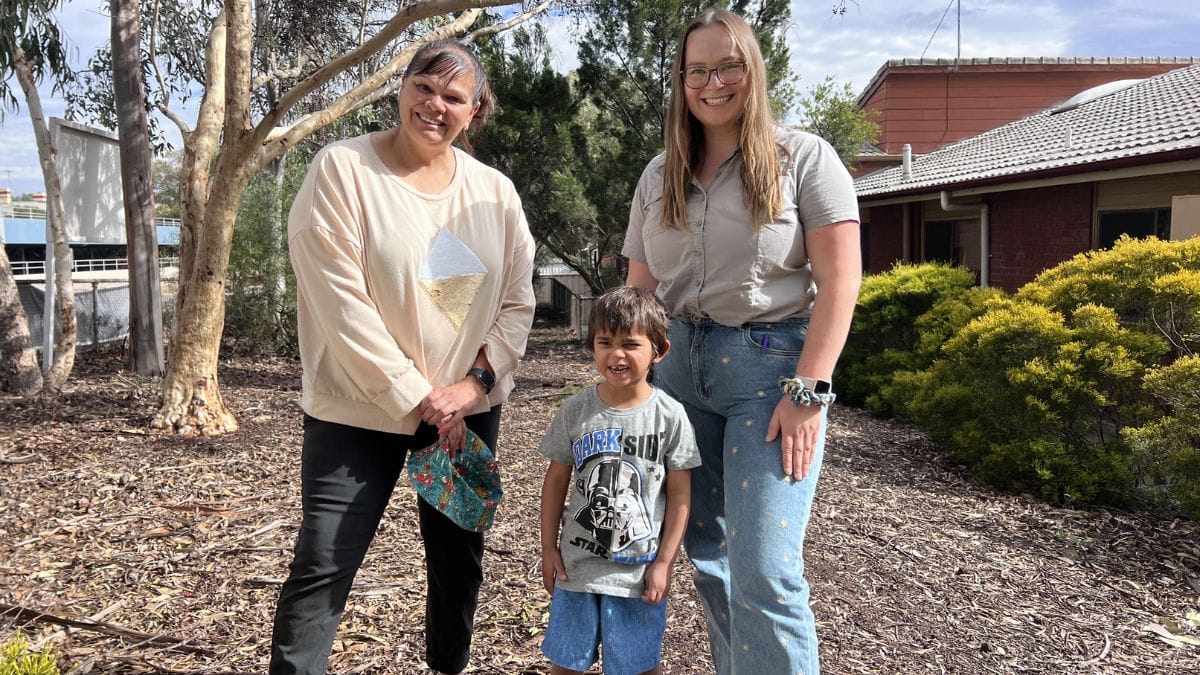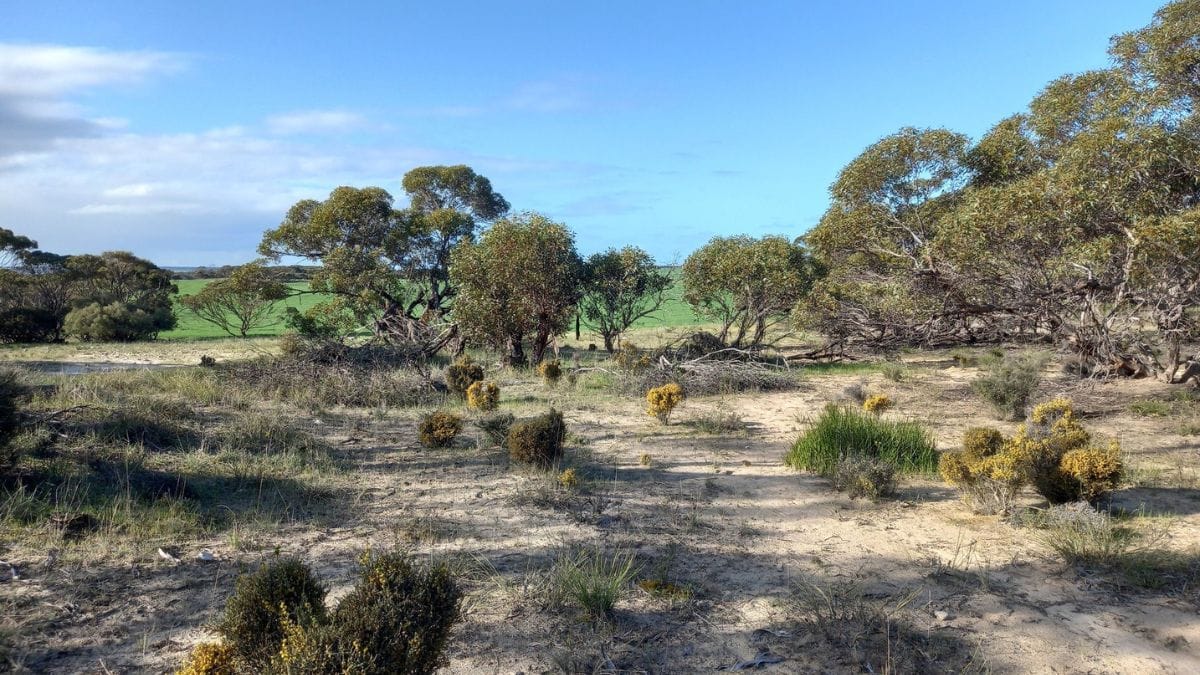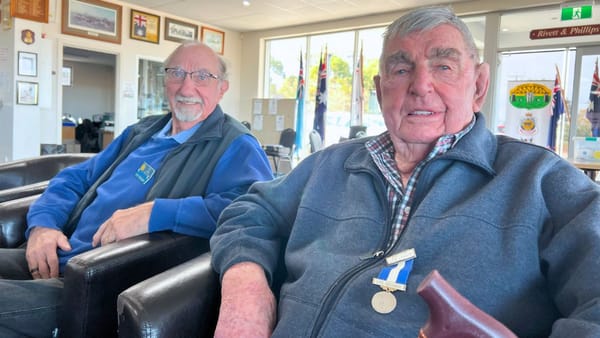Grassroots grants will make the Murraylands greener
The local landscape board will invest more than $730,000 in projects around the region, including at Murray Bridge Preschool Kindergarten.

This story is now free to read. Help Murray Bridge News tell more stories like this by subscribing today.
More than $732,000 will be spent across the Murraylands and Riverland region to help improve the condition of local environments, the local landscape board has announced.
A total of 45 community groups were awarded in funding by the Murraylands and Riverland Landscape Board.
A range of projects will start in the next year including revegetation, educational programs and conservation works.
The regional education sector was very successful, with 11 schools and kindergartens awarded.
This included Murray Bridge Preschool Kindergarten, who were granted $10,000.
Director Shirley Hartman said she had long wanted to utilise the vacant land out the front of the kindy, and after nearly 18 months, that wish would come true.
"Our focus has been around caring for country, the environment, sustainability ... and connecting with our Ngarrindjeri and Aboriginal culture," Ms Hartman said.
This space will be a place the kindy can put this education into practice on site, with Ngarrindjeri food and medicine plants, rainfall garden, traditional weaving rushes, fire pit, yarning circle, murals and relaxing cocoon swings.
Murray Bridge High School kids have already started the clean-up as part of a community course.
"The things we've been doing with the landscape board (are) just amazing, our families love it," she said.
Rosheen Blumson, from the board, said its education program was a free service to schools in the Murraylands and Riverland.
"Connection to the environment and outdoor play is really important to (kids') development, so it's great to be invited into spaces like these and support their programs," she said.
"One day these kids will be the leaders of our community and making all the important decisions about our environment," Ms Hartman said.
"Hopefully we've set a good foundation for them later on in life."

Second Nature Conservancy was awarded the second highest amount out of all the grant recipients, for phase two and three of a biodiversity links project.
More than $250,000 was granted to help link and revegetate land between Mulgundawa and Monarto South.
Senior project officer Ben Simon said the project would build on more than four years of concerted efforts for biodiversity conservation in the area by the organisation.
"On-ground outcomes being achieved will (include) over 38 hectares of high quality diverse revegetation seeded and 4200 seedlings planted, including 1500 threatened flora seedlings," he said.
"We also gained funding for a smaller project ... between Monarto and Tungkillo on biodiversity improvement, including the planting of 4000 local native seedlings, which include 500 conservation significant flora, to improve habitat and food resources for wildlife such as birds."
Other successful applicants
- Mid Murray Landcare: $92,438 for supporting biodiversity across conservation and production lands
- Coorong District Council: $10,400 for reeds for cultural weaving in the Coorong and control of the invasive spiny rush at Meningie Area School
- Wetland Habitat (Paiwalla) Association: $2,805 for monitoring of three threatened turtle populations and their revegetation, restoration and protection of native flora species
- Mannum Community College: $19,500 for attendance at the Youth Environmental Leaders Program and a sustainable pasture education site
Now in its fifth year, grassroots grants have reinvested more than $2.6 million into the region.
Di Davidson AM, a member of the landscape board, said the program was a cornerstone of the organisation’s focus on community involvement.
“Empowering the community to take a lead on ecological management is a pillar of our approach, and grassroots grants are one way that we support locals to identify and tackle the projects that matter to them,” she said.
“Funding more school-based projects will mean that we’re also supporting the next
generation to care for our landscapes, whether they be native ecosystems or productive agricultural lands.”
This year there were a bumper number of applications, including 33 first-time applicants.
- More information: landscape.sa.gov.au.





